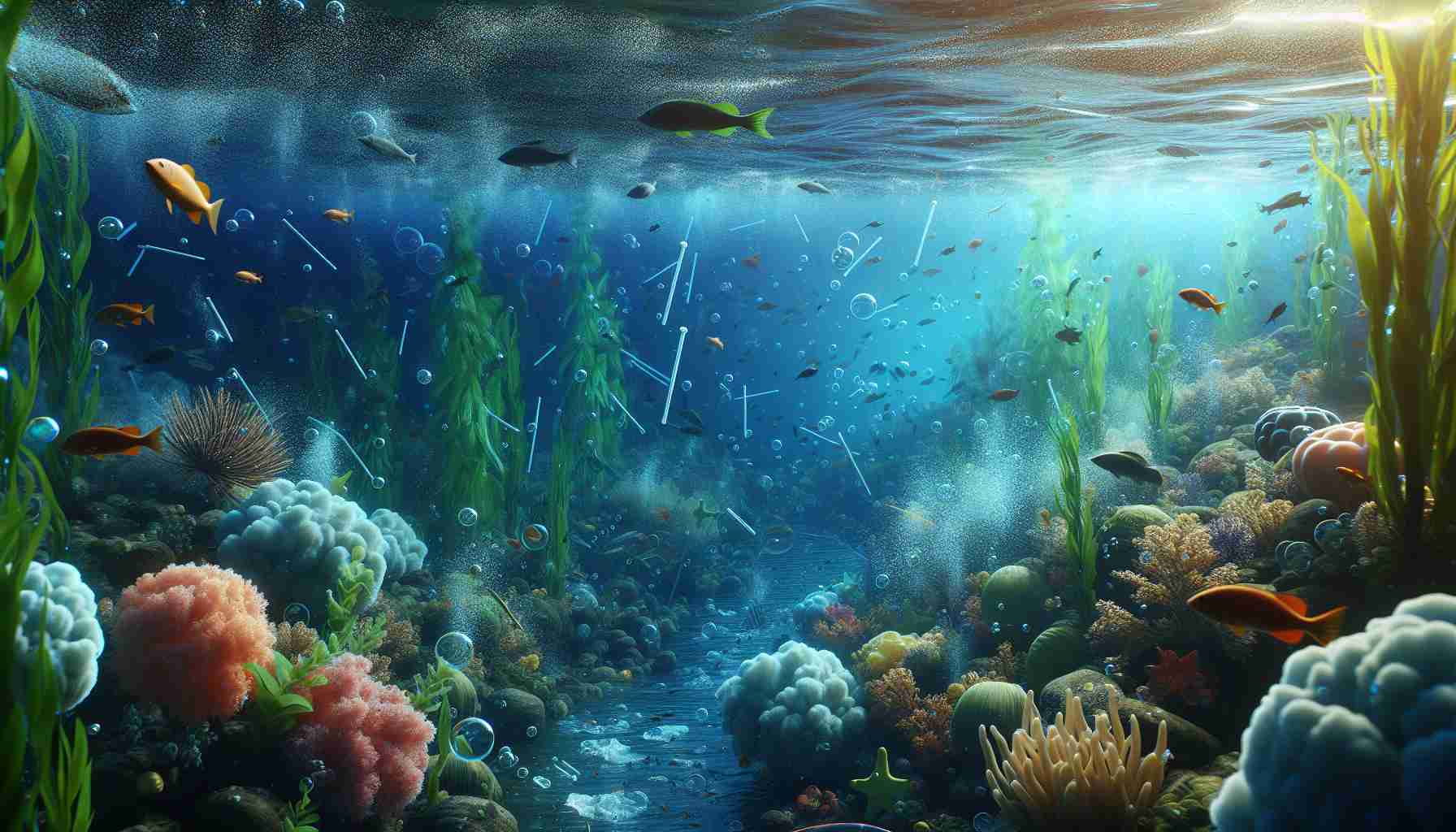As scientists continue to investigate the impact of pollution on marine environments, one particular concern has arisen: microplastics. These tiny fragments, often measuring less than five millimeters, are pervasive in oceans and waterways, originating from various consumer products and industrial processes. Recent studies have revealed alarming insights into how these […]
Microplastics
Microplastics are tiny plastic particles measuring less than five millimeters in diameter. They can originate from various sources, including the breakdown of larger plastic debris, the shedding of synthetic fibers from textiles during washing, and the manufacturing of small plastic beads used in personal care products. Microplastics are prevalent in the environment, particularly in oceans, rivers, and soil. Their small size allows them to be easily ingested by marine and terrestrial organisms, leading to potential harmful effects on wildlife and ecosystems. Additionally, microplastics can enter the food chain, raising concerns about their impact on human health. They are a significant environmental pollutant, prompting research and policy efforts aimed at reducing plastic waste and mitigating its effects.
